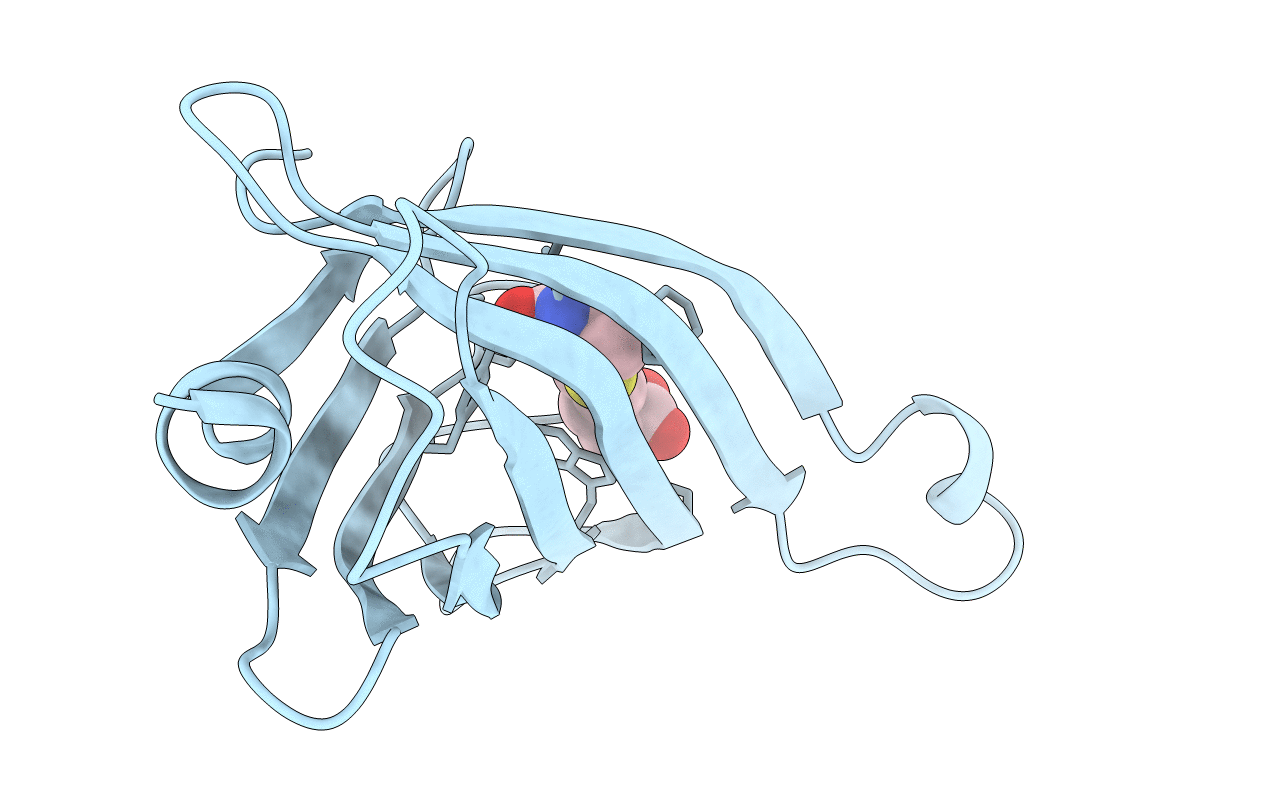
Deposition Date
2020-01-16
Release Date
2020-12-23
Last Version Date
2024-11-06
Entry Detail
Biological Source:
Source Organism:
Streptomyces avidinii (Taxon ID: 1895)
Host Organism:
Method Details:
Experimental Method:
Resolution:
1.30 Å
R-Value Free:
0.20
R-Value Work:
0.19
Space Group:
I 41 2 2


